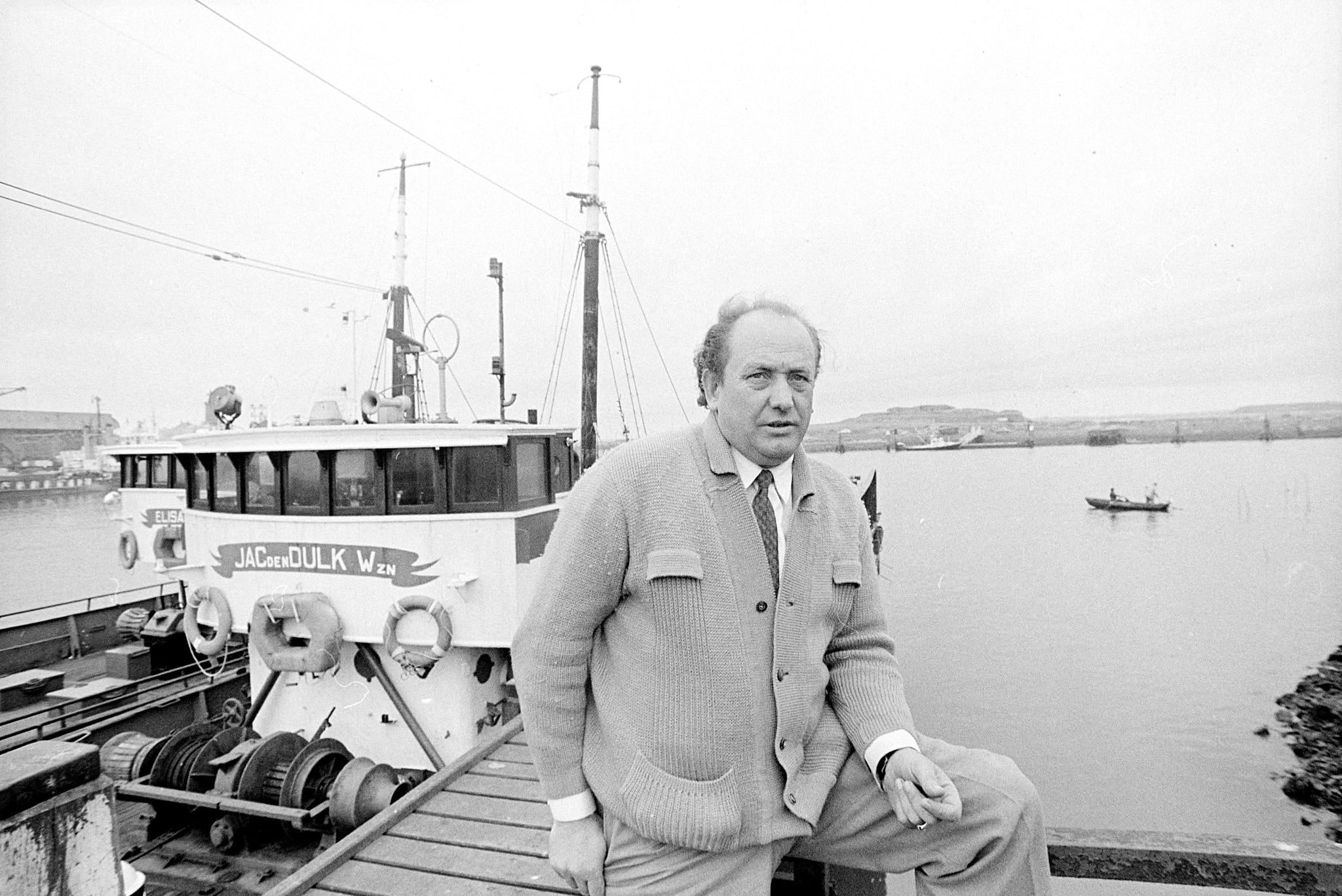Ship Details: Built by “Pannevis” in Alphen aan de Rijn, Netherlands.
Fishing trawler
SCH-70-Welvaren II (1918-25)
SCH-70-De Hoop I (1925-28)
SCH-4-Twee Gebroeders (1928-34)
SCH-4-Cornelis Roeleveld (1934-40)
Astrid (1940-45)
SCH-4-Cornelis Roeleveld (1945-59)
SCH-4-Geertruida (1959-64)
SCH-4-Elisabeth (1964-89)
Azart (1989-90)
This iron ship was built in 1916 as a typical Dutch sailing herring net ship of the time. During the First World War, in the first two years of her existence, she served as a sailing transport ship in the Dutch inland waters. From 1918 onwards, she was fully dedicated to hunting millions of herring for over half a century.
In 1929, she received her first 110 hp engine and the skipper a small sail as a windbreak. She was called “the red lugger” at the time to distinguish her from her Scheveningen sisters, which were traditionally all black. In 1940, she was requisitioned by the German navy, which installed cannons and a 180 hp engine from Deutsche Werke for patrols.
After the war, she was lengthened by 8 metres in order to be able to transport even more pegs. In 1959, she received her current engine, a 220 hp Industrie, as well as her current bridge, which came from an old steam lugger. In 1971, she was the last ship to use herring net technology. She then served for several years as a herring transport ship from Iceland and Norway and later as a North Sea day trip fish & beer experience. In 1978, she was reduced to her original size.
The Azart Cultural Foundation bought the ship in 1989, named it Azart and transformed it into a ship of fools, home and means of transport for an artists’ collective and a theatre group.
Planned offshore radio station: Radio Carla
Location: Off the coast of IJmuiden (Netherlands)

